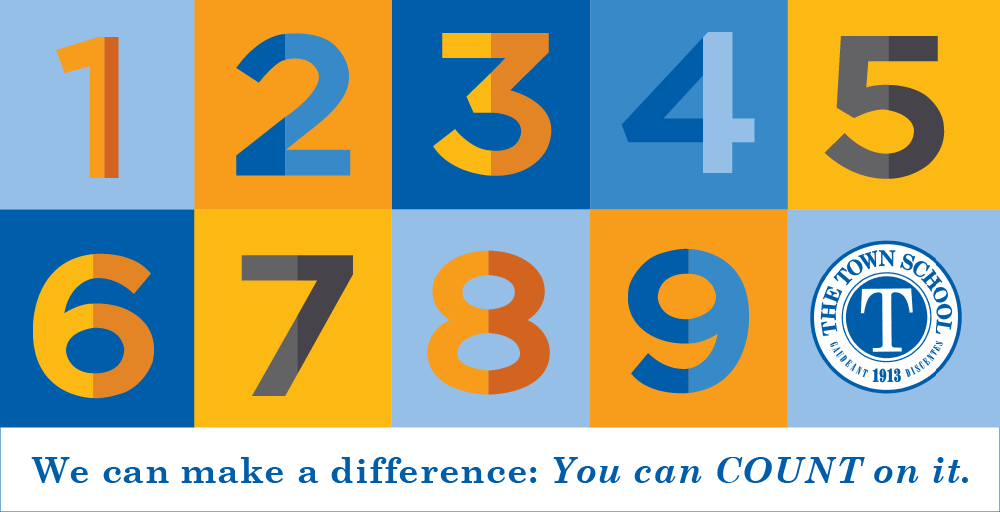Last week we hosted a webinar with the Center for Non-Profits all about mission-driven communications. At its core, the presentation discussed why all forms of an organization’s communications should be rooted in its mission. When everything from marketing materials to program development is linked to an organization’s raison d’etre, beneficiaries and stakeholders become connected on a deeper level. Messages with an emotional resonance have a more lasting impact than those communicating simply about “what we do.”
That said, we’re going to take a look at how infographics that lay out stories from this perspective are more effective.
A great example of this can be found with Oxfam America. Their mission is “to create lasting solutions to poverty, hunger, and social injustice.” One of the pillars of their mission and ways they overcome poverty is through public education that changes the way people think about poverty and its causes.
Click the image below to view the full infographic.
The Town School is committed to elementary co-education and their motto is let there be joy in learning. Their mission is to build well-rounded, articulate, resilient and morally responsible individuals. They fulfill their mission through collaborative education, immersive experiences, and age appropriate service within the school and its surrounding communities. Each piece of the data they chose to present on their appeal card was directly linked to some aspect of their mission.
Click the image below to view the full infographic.
One growing trend in the for-profit world that is creeping into the nonprofit sector is the creation and distribution of free and useful instructional information. What better way to do this than with an infographic? This practice can be especially useful for organizations looking to build more socially conscious communities.
The Food is Free Project, a nonprofit that grows community and food to help strengthen the world’s agricultural system, does a great job at educating and empowering their audiences. Their infographic below provides instructions for how to build seed bombs. One of the benefits of this practice is improving vacant lots found in many urban neighborhoods and transforming them into spaces that support the local environment.

You Might Also Enjoy:
+ The 4 Principles of Visual Storytelling
+ Before You Make the Ask: Know and Apply Your Data!
+ 5 Tips to Get People to Read Your Content
Like what you see? Stay in touch!












